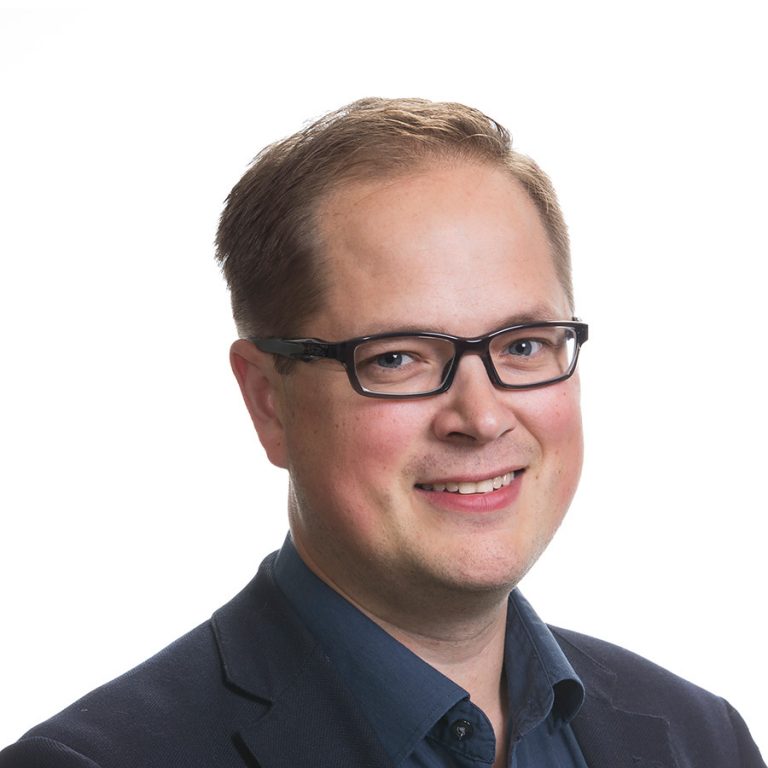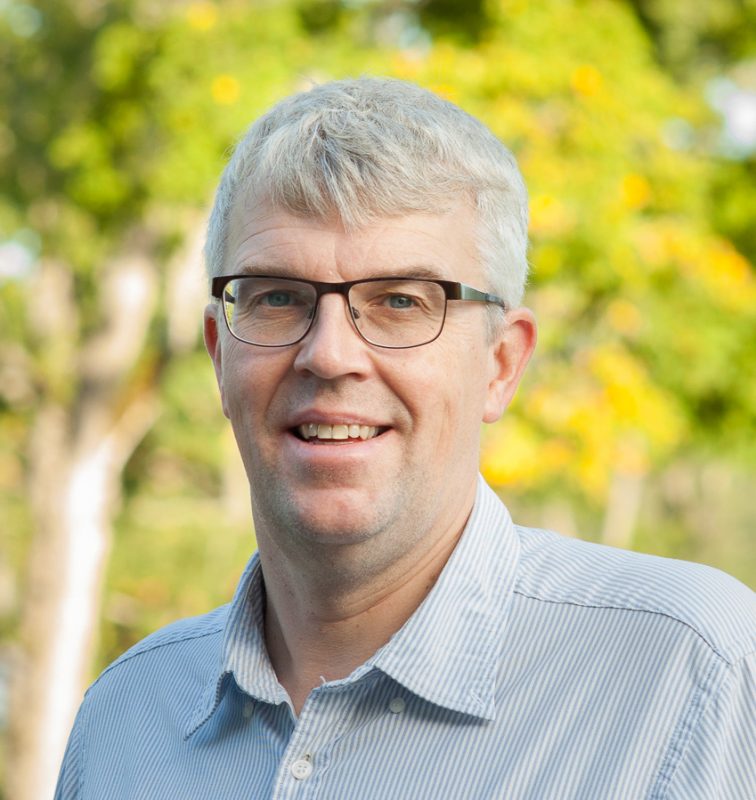Municipalities have big decisions ahead to ensure the availability, reliability and sustainability of district heating long in the future
July 2, 2020- InfraTalks – utility infrastructure insight

Clas Blomberg
Clas Blomberg is Director of municipal infrastructure at Nevel. He has extensive experience in energy markets including power plants, process industries and renewable energy and he is active in energy industry forums. Clas is motivated by growth and energised by developing municipal infrastructure to a new level through synergy benefits and economies of scale.
With 50-year-old infrastructure not uncommon, many municipalities are having to make big decisions about asset modernisation in their district heating networks. But while weighing up this decision, municipalities are also often coping with pressures to cut costs and streamline their operations. Different types of service and investment models support the optimisation of energy production and moving towards a more resource-efficient future.
Moving towards future-proof, carbon-neutral district heating
In the next couple of years, at least half of all Finnish municipalities will be facing a choice regarding their infrastructure modernisation. There are two clear objectives behind the drive to renew ageing networks: firstly, to ensure the availability and reliability of infrastructure services, and secondly to help with the continuing push towards carbon neutrality. Municipalities need to decide about investments before ageing equipment leads to outages and increasing costs; the right choice will depend on a number of factors unique to each municipality.
Four development areas
One of the focus areas to consider is full modernisation of the energy network and heating plants, replacing boilers to enable increased use of biofuels. Currently the amount of biofuel used in district heating networks is around 60%, but with changes in plant technology this figure could be increased to 100% – a big step towards carbon neutrality. At Nevel, our own short-term objective is to be producing 75% renewable energy by the end of 2021.
While energy production is still mostly based on fuel use, the future is electrification, such as combined heating and cooling solutions. Excess heat generated by creating cool air is fed to the district heating network to deliver CO2-neutral heat, rather than going to waste.
Another focus area is to modernise the site automation system. Connecting the site to a central digital operating platform provides invaluable data from the plant that supports decision making and can be used to optimise fuel use, fuel efficiency and residual oxygen levels, helping to improve energy efficiency and reduce emissions and costs. For municipal real estate and householders, it also means the availability of energy consumption data through smart meters.
A third area is to establish a local ecosystem with cooperation between industrial and municipal players. In the ecosystem, district heating can be produced as a platform utilising industrial side-streams that minimise excess heat and waste. This circular economy thinking brings benefits to industries, municipalities and households alike.
Finally, municipalities can outsource their energy production, opting for investment models that take advantage of cost-effective and reliable infrastructure solutions with economies of scale that allow them to focus on their other core responsibilities.

Per Ander
Real estate business
Sweden
+46 733 484 794
